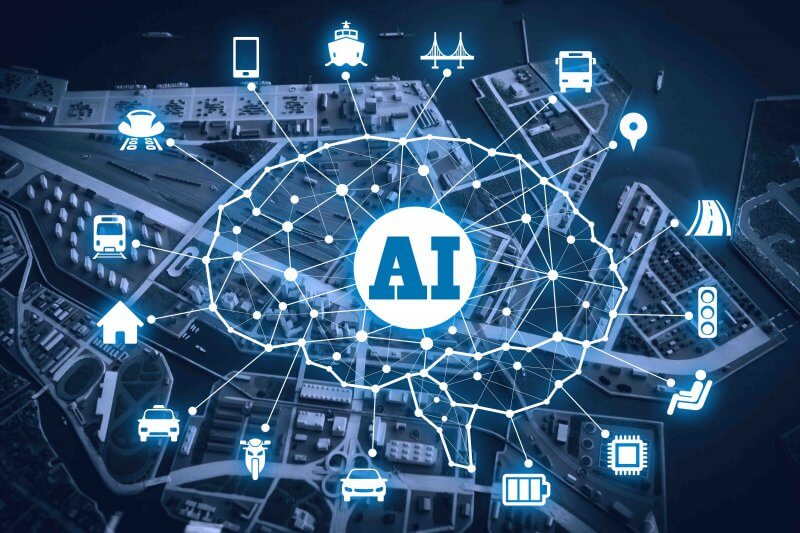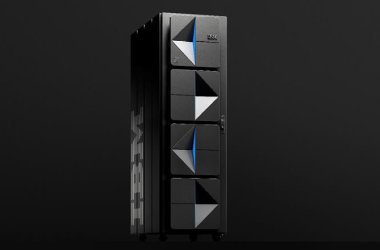 The concept of emotional artificial intelligence conjures up visions of humanoid robots in customer service roles, such as the lifelike ‘receptionist’ now welcoming guests at a Tokyo hotel. A number of companies have added emotion recognition to their personal assistant robots so they too can have more humanlike interactions. But humanoid robotics is just one of many potential uses for emotion AI technology.
The concept of emotional artificial intelligence conjures up visions of humanoid robots in customer service roles, such as the lifelike ‘receptionist’ now welcoming guests at a Tokyo hotel. A number of companies have added emotion recognition to their personal assistant robots so they too can have more humanlike interactions. But humanoid robotics is just one of many potential uses for emotion AI technology.
Tech giants, as well as smaller startups, have been investing in emotion AI for over a decade, using either computer vision or voice analysis to recognise human emotions. Many of these companies started with a focus on market research, analysing and capturing human emotions in response to a product or TV commercial. Commercial deployments are slowly emerging in virtual personal assistants (VPAs), cars, call centres, robotics and smart devices.
Gartner predicts that by 2022, 10% of personal devices will have emotion AI capabilities, either on-device or via cloud services, up from less than 1% in 2018.
We will continue to find many new and exciting uses for emotion AI technology over the coming year. However, smaller providers will need to focus their efforts on a limited number of applications and industries, instead of trying to be everything to everyone.
New uses
In the past two years, emotion AI vendors have moved into completely new areas and industries, helping organisations to create a better customer experience and unlock real cost savings. These uses include:
Public service – partnerships between emotion AI technology vendors and surveillance camera providers have emerged. Cameras in the United Arabic Emirates can detect people’s facial expressions and understand the general mood of the population. This project was initiated by the country’s Ministry of Happiness.
Video gaming – using computer vision, the games console/video game detects emotions via facial expressions during the game and adapts to them.
Medical diagnosis – software can help doctors with the diagnosis of diseases such as depression and dementia by using voice analysis.
Education – learning software prototypes have been developed to adapt to kids’ emotions. When the child shows frustration because a task is too difficult or too simple, the program adapts the task so it becomes less or more challenging. Another learning system helps autistic children recognise other people’s emotions.
Employee safety – based on Gartner client inquiries, demand for employee safety solutions are on the rise. Emotion AI can help to analyse the stress and anxiety levels of employees who have very demanding jobs such as first responders.
Patient care – a ‘nurse bot’ not only reminds older patients on long-term medical programs to take their medication, but also converses with them every day to monitor the their overall wellbeing.
Car safety – automotive vendors can use computer vision technology to monitor the driver’s emotional state. An extreme emotional state or drowsiness could trigger an alert for the driver.
Autonomous cars – in the future, the interior of autonomous cars will have many sensors, including cameras and microphones, to monitor what is happening and to understand how users view the driving experience.
Fraud detection – insurance companies use voice analysis to detect whether a customer is telling the truth when submitting a claim. According to independent surveys, up to 30% of users have admitted to lying to their car insurance company in order to gain coverage.
Recruiting – software is used during job interviews to understand the credibility of a candidate.
Call centre intelligent routing – an angry customer can be detected from the beginning and can be routed to a well-trained agent who can also monitor in real-time how the conversation is going and adjust.
Connected home – a VPA-enabled speaker can recognise the mood of the person interacting with it and respond accordingly.
Retail – retailers have started looking into installing computer vision emotion AI technology in stores to capture demographic information and visitors’ mood and reactions.
However, barriers to adoption remain. A recent Gartner consumer survey revealed that there are still considerable trust issues around emotion AI technologies; that is, users feel less comfortable with emotion AI via camera capture compared to voice analysis.
Providers need to convince us that our emotion data is safeguarded and only used in an anonymised way to train other systems by implementing transparent data management policies.





